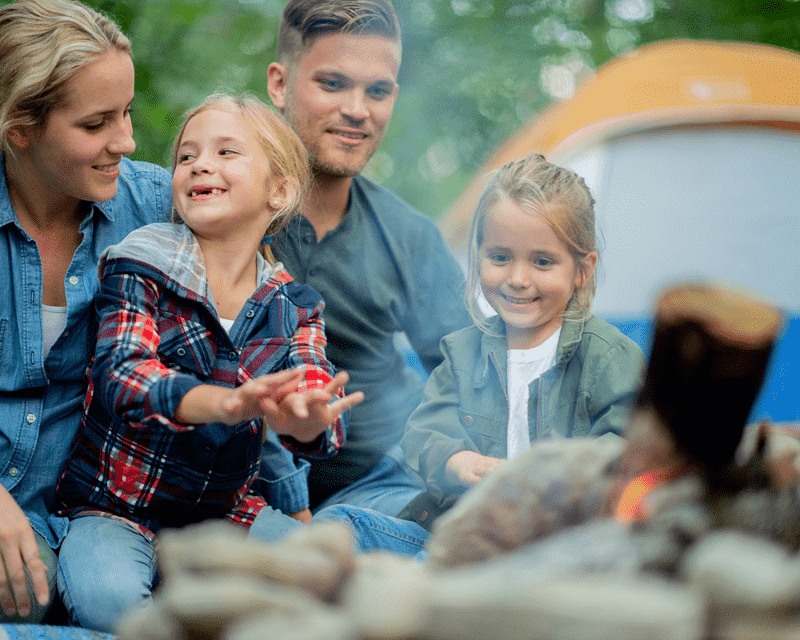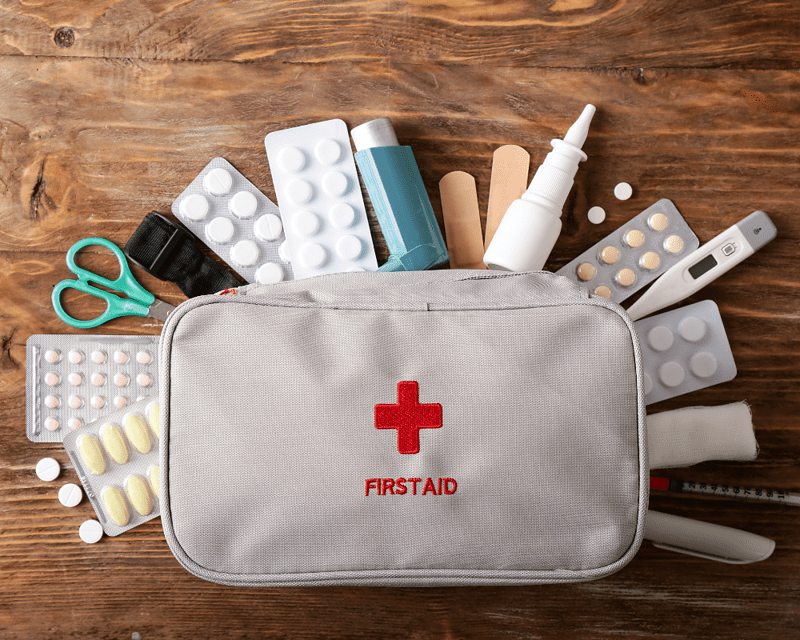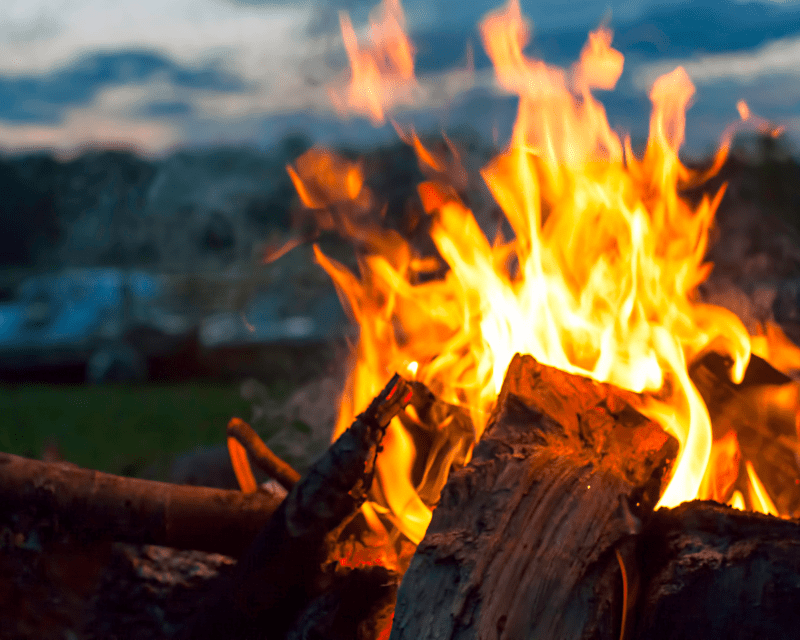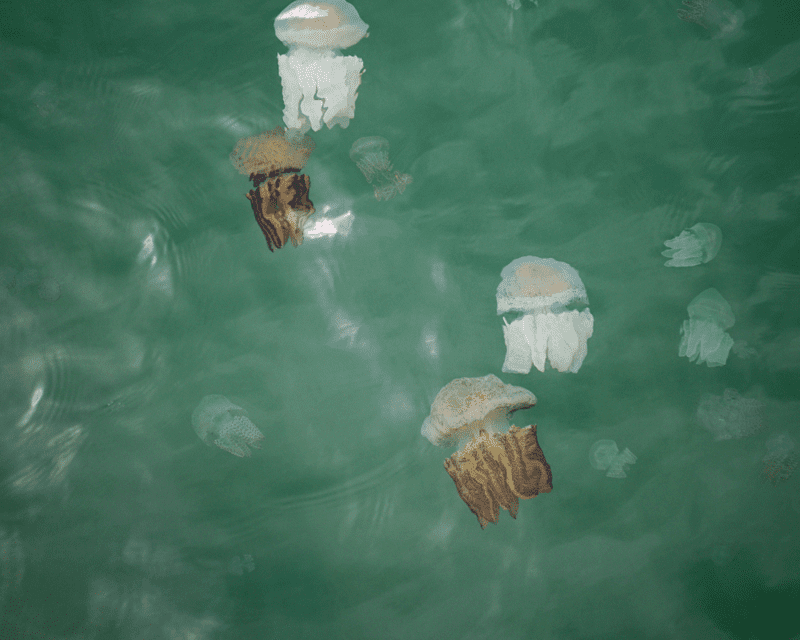Easter is a week away, and camping is just around the corner. We know you are excited as a family to take your caravans, kayaks, paddle boats and tents out for a spin. Still, there’s always a slight tinge of concern for your family’s safety, especially if a shark or jellyfish is lurking around the corner, all set to ruin your camping trip.

It is natural for kids to explore their environment and be susceptible to injuries, so this is where your smart parenting comes into play.
It is normal to feel anxious about your upcoming trip as a parent, but getting equipped with some first aid equipment and training secures you from the risk and helps you be prepared for what’s yet to come.
Make Sure You Have Your First Aid Kit
It’s important to make sure that you have a fully stocked first aid kit in case of an emergency. Think about your kit as a mobile hospital that could potentially save a life or lives.
Before you get overwhelmed, let’s begin with the basics of ensuring your first aid kit is up to mark.
Your first aid kit should involve

- Band-aids in different sizes
- Gauze patches
- Micropore surgical tape
- Triangular and four-tailed bandages
- Crepe bandages in different sizes
- Combine dressing pads
- Alcohol swabs
- Sterile eye pad
- Non-stick dressing pad
- First aid booklet
- Stainless steel scissors
- Disposable gloves
- Shock (thermal) blanket
- Antiseptic skin swabs
- First aid booklet
- Stop itch cream
- First aid booklet
- Sterile saline tubes/sachets
- Safety pins
- Notepad and permanent marker
- Disposable resuscitation face shield
Customizing Your First Aid Kid
Now that you have your basic first aid items in place, let’s organize them in a way that suits your family’s needs because it could differ for every individual, especially if a family member has specific needs.
First Aid For Your Caravan – It is advisable to add a reflective vest for the roads in case you have an episode in the midst of heavy traffic (It is a crowded holiday season!).
A Kit For Camping – Build a combination of cold packs, a pack of plastic bags, gauze patches, glow sticks, a compass, torches and whistles.
For the boat – Add the pack of plastic bags, disposable ponchos, glow sticks and a whistle. Add some vinegar to the mix in case of a jellyfish stings.
For pre-existing medical conditions – Create a separate section to add your medicines, along with special equipment that you use to tackle an emergency.
How Do I Utilize The Items In Case Of An Emergency?
Emergencies can range from bleeding wounds to fires. In case of an emergency, your first aid kit should be kept in a place that is accessible to all members of the family.
A bleeding wound can be stopped with dressing pads, while gauze patches can be used to cover burns and wounds.
Hiking is adventurous, but kids or even adults could trip on a rock or miss a slope that could result in a sprain. Drape your crepe bandage around a sprain or a muscle strain.
Disposable resuscitation face shields offer protection to the victim and CPR-trained rescuers for mouth-to-mouth resuscitation.
Something stuck in the eye of an adult or an infant can hinder an enjoyable trip or even lead to missteps. A sterile saline tube or sachet can be used to flush out any debris from the eyes.
If you are still unsure about putting your kit together or using it efficiently, we would recommend getting yourself trained in first aid at the Perth location, our Western Australia wing.
What Would You Do If Your Campfire Goes Out Of Control?

Campfires are the best part of a trip. It is a time to celebrate festive togetherness and enjoy a hassle-free experience.
It’s always better to be safe than sorry. Before you set out on your trip, make sure to cross off a safety checklist.
It is always advisable to check if the park you’re visiting allows campfires, as some parks prohibit the use of solid fuels like wood and charcoal.
Some parks allow campfires, but only in a certain designated area. Make sure to check out the safety tab and rules pertaining to the usage of the park
After you have finished using your campfire, extinguish it with water.
In case of a fire that has gone out of control and your clothes catch fire,
- Stop moving
- Cover your face with your hands
- Drop to the ground
- Roll over the part that has caught fire
Head to the nearest spout and place the burnt area under cool running water for about 20 minutes.
It’s advisable to remove clothing and jewellery to separate the victim from the fire. However, avoid removing anything that is stuck to the burn.
You have to be cautious about the severity of the burn and assess the situation when it needs an ambulance when:
- The burn is deep, but the person feels dissociated from the pain
- The burn is bigger than a 20-cent coin
- The skin takes on a leathery appearance
- The burn extends to the hands, face, airway or genitals
- The skin experiences patches of black, white or brown
- The burn resulted from chemicals or electricity
- The patient struggles with breathing
How Would You Treat A Jellyfish Sting?

Visiting a camping ground near the beach or even the riverside is very exciting because it’s perfect for water sports lovers.
You can take your boat, paddle boat, kayak or surfing board to the waters, but you can’t take the jellyfish out of the water.
Jellyfish stings can be painful and unsettling to infants. Box jellyfish are usually dangerous, and their stings can result in serious symptoms, including death.
Bluebottle jellyfish can cause immense pain, sores and whipped lines in the affected area. The pain caused by it can last from 1 to 2 hours, with ensuing joint aches.
When you get a jellyfish sting, follow these procedures immediately
If an adult or infant is stung by a jellyfish in any tropical area, pour vinegar over it and leave it on for 30 seconds.
Get rid of the tentacles from the skin and preferably take the affected person to a hospital.
In the event of a sting from the bluebottle jellyfish, use a crepe bandage to control the muscle pain.
If the affected is stung in a non-tropical location, wash the sting with seawater, remove the tentacles and pour hot water over the affected area.
Some jellyfish stings have caused unsuspecting individuals intense pain and other symptoms, including cardiac arrests and occasional deaths.
Fatalities like a cardiac arrest can be stopped from being blown out of proportion with efficient first-aid training. First aid pro’s nationally accredited training can help build confidence in camper families and reduce the stresses and anxieties associated with injuries.


